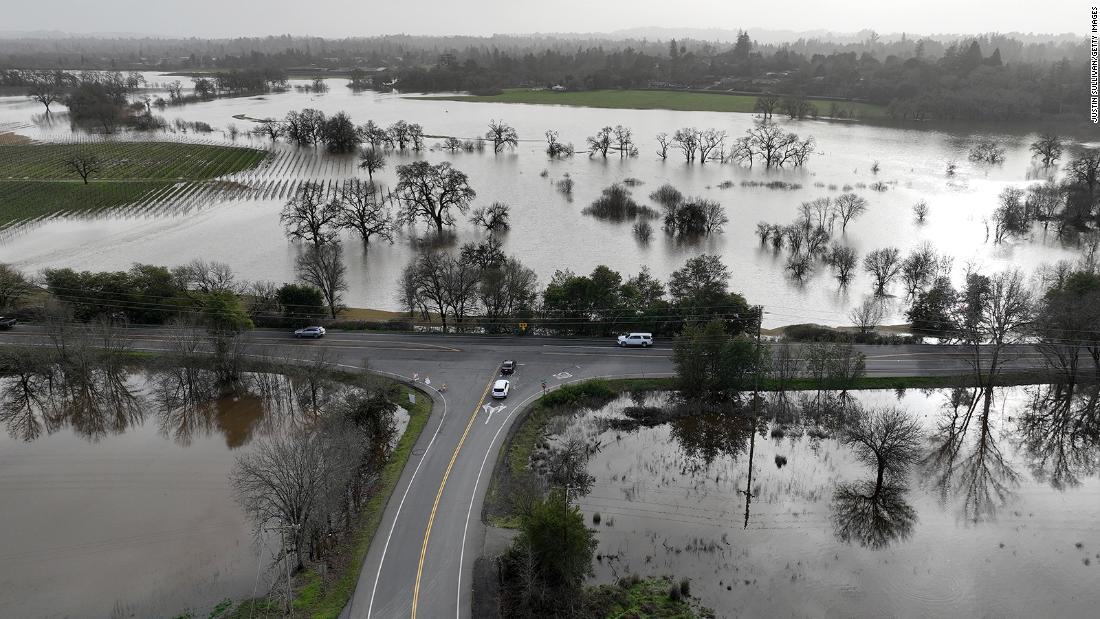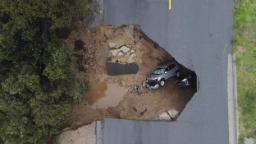

California has always been known for its Mediterranean climate — dry summers and wet winters that prime the landscape for a strong agricultural economy, renowned wineries and perfect weather for tourists from around the country.
But climate scientists say these same factors also make California vulnerable to extreme changes in climate and weather patterns, causing them to swing like a pendulum from drought to floods — a sort of “weather whiplash.”
Human-caused climate change is not just increasing the severity of extreme weather around the country, but it is also interrupting the usual patterns and increasing the potential for this weather whiplash, especially in California, to occur more often.
The parade of atmospheric river storms currently battering California is all happening against the backdrop of a yearslong, climate change-fueled megadrought that has drained the state’s reservoirs and triggered water shortages.
But while these storms usher in much-needed rainfall and snow to the dried-up state, the parched landscape is less able to absorb all the rain, causing widespread flooding due to the storm’s intensity and back-to-back nature.
A 2018 study in the journal Nature found that these huge swings in weather could occur twice as frequently in the future, with the most frequent swings in Southern California.
Extremely wet years are expected to become 2.5 times more likely by the end of this century, researchers found, while extremely dry years will occur up to 140% more frequently.
Climate scientists told CNN it’s time for California to rethink how it manages the wet times as the multi-year drought continues. How can it harness that water to be used in the dry months? Scientists suggest relying less on levees and letting the land around rives flood safely so the water has a chance to seep into underground aquifers.
